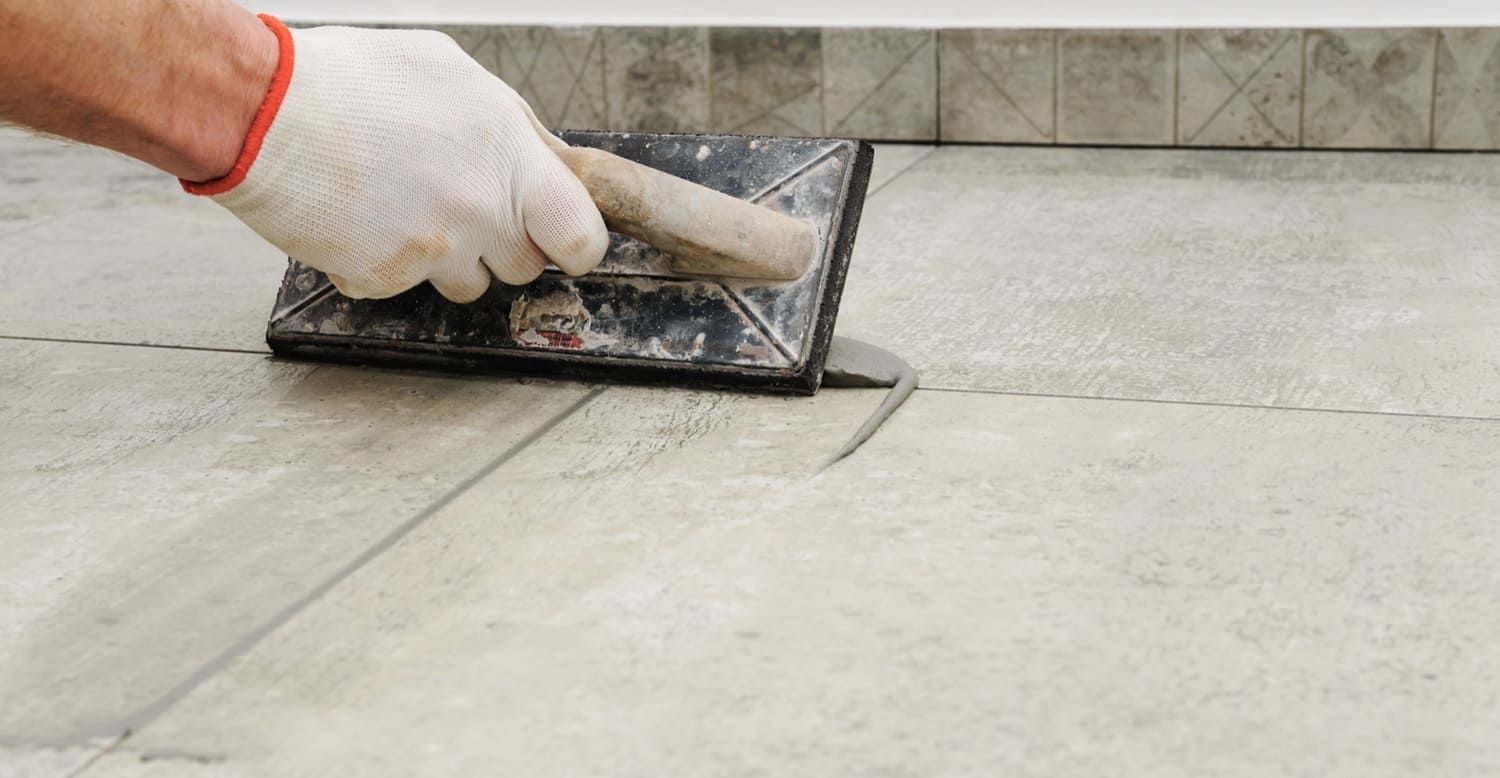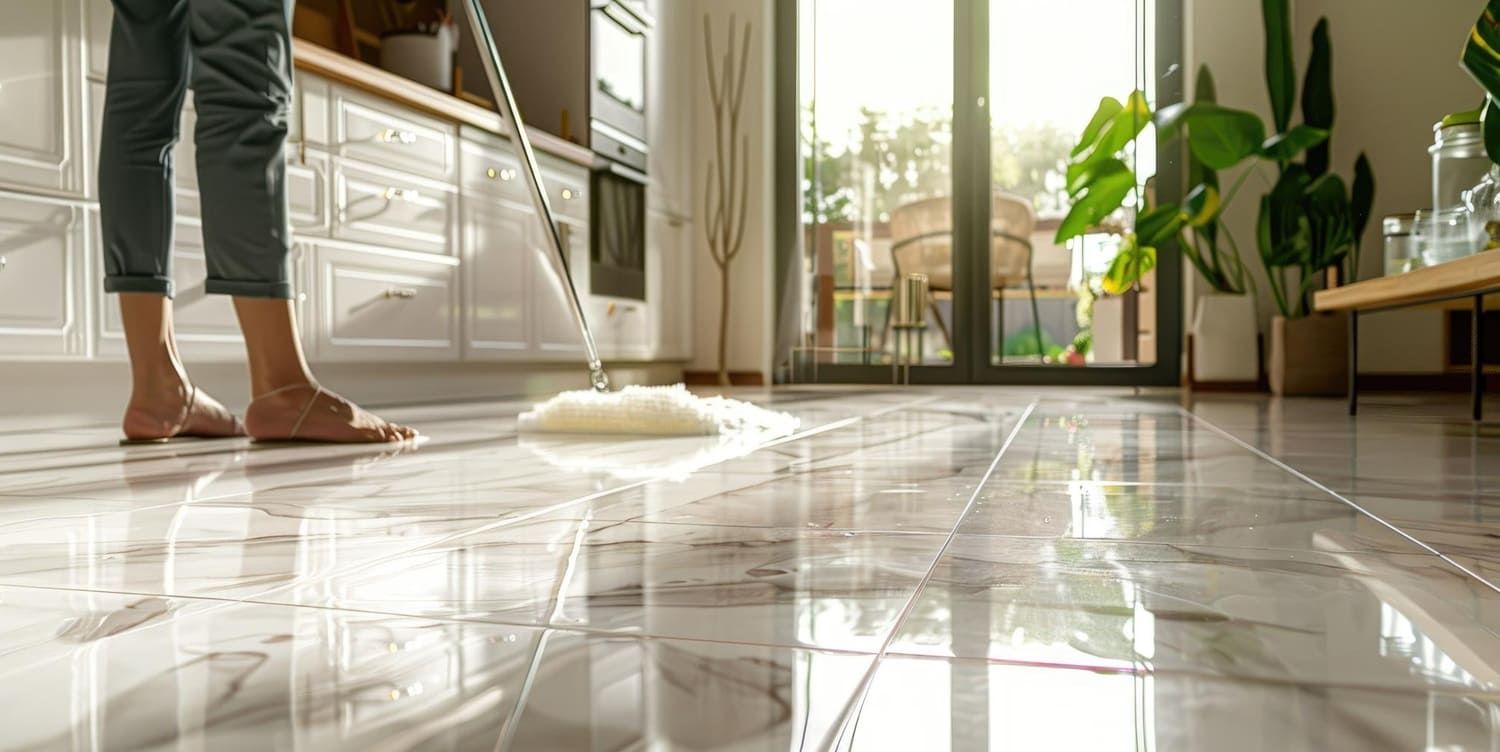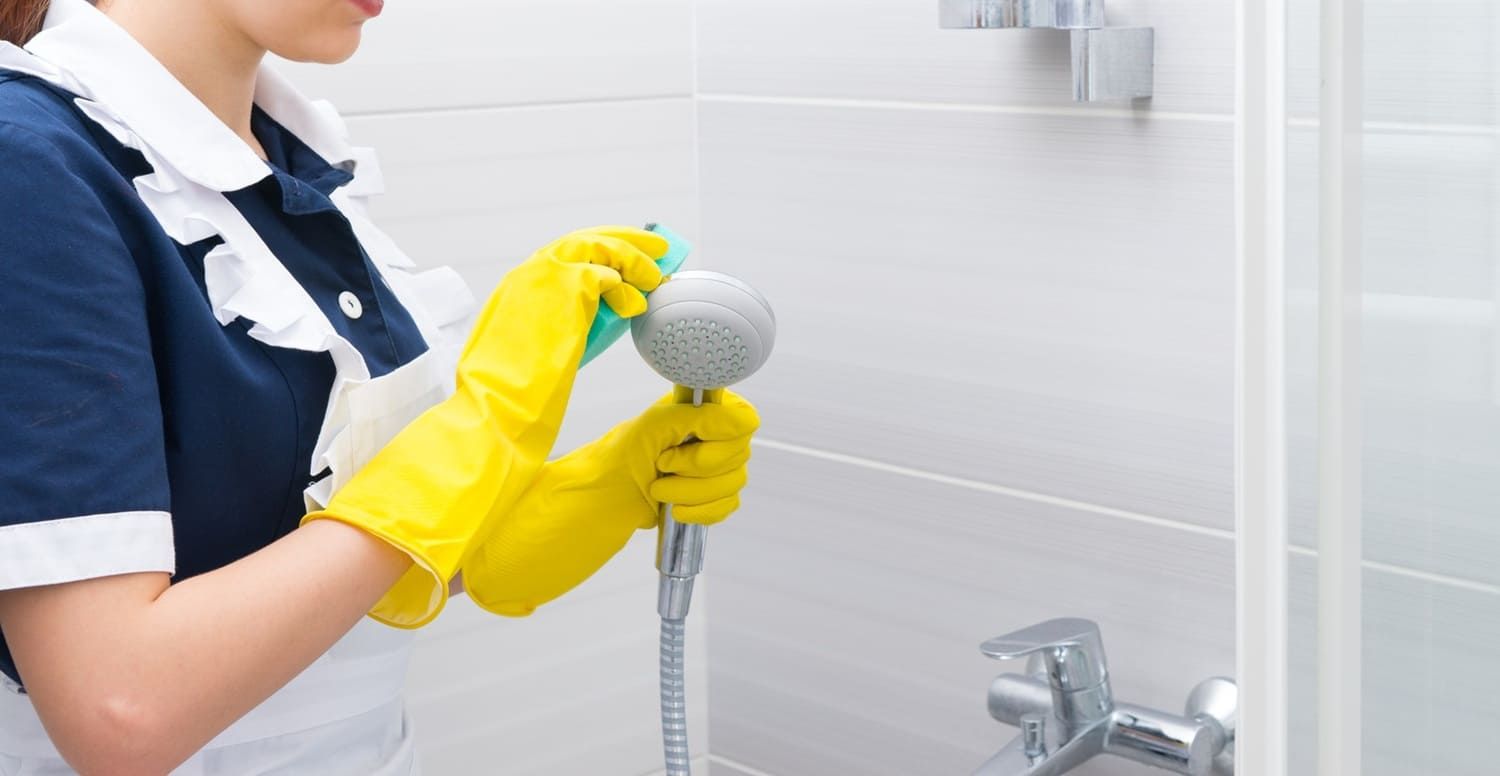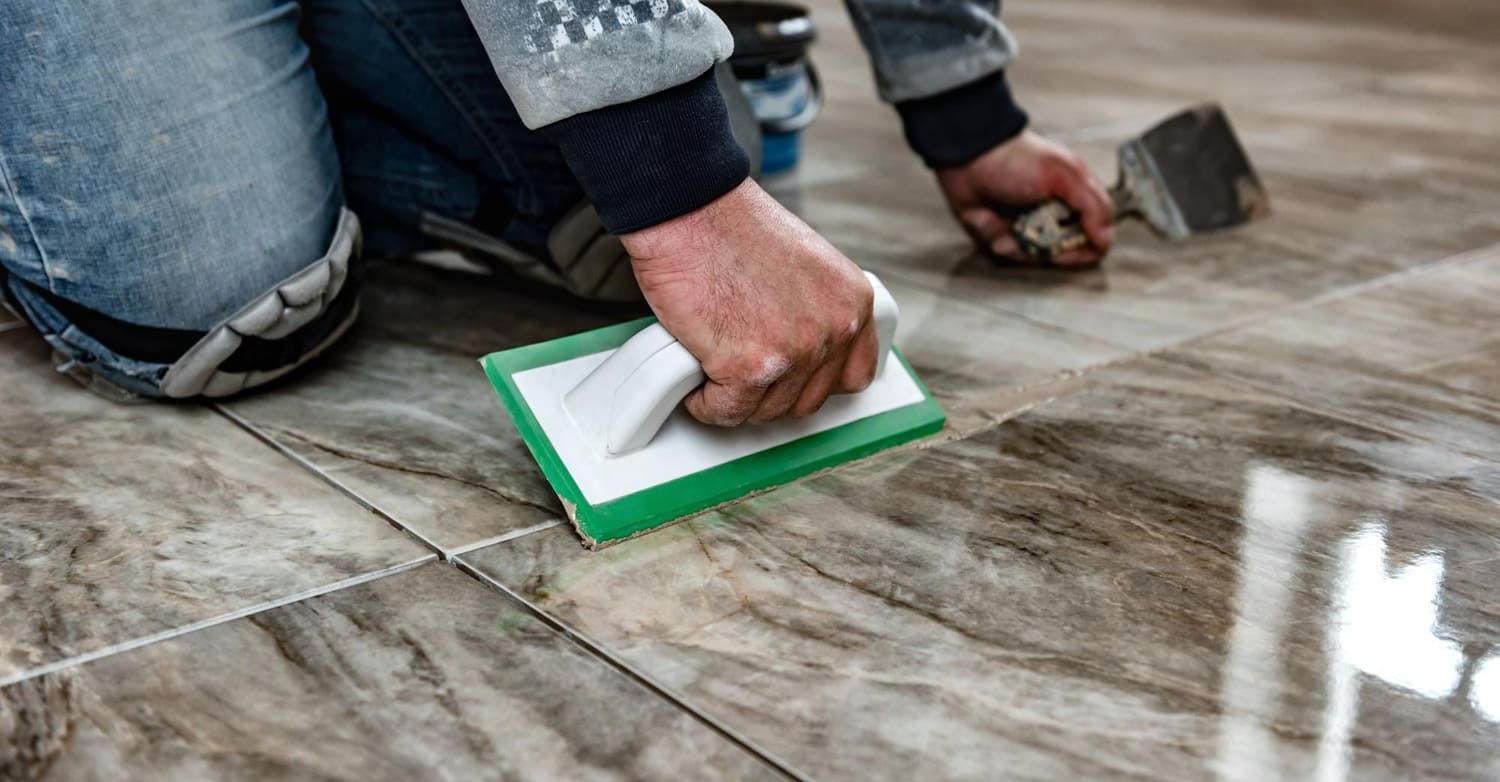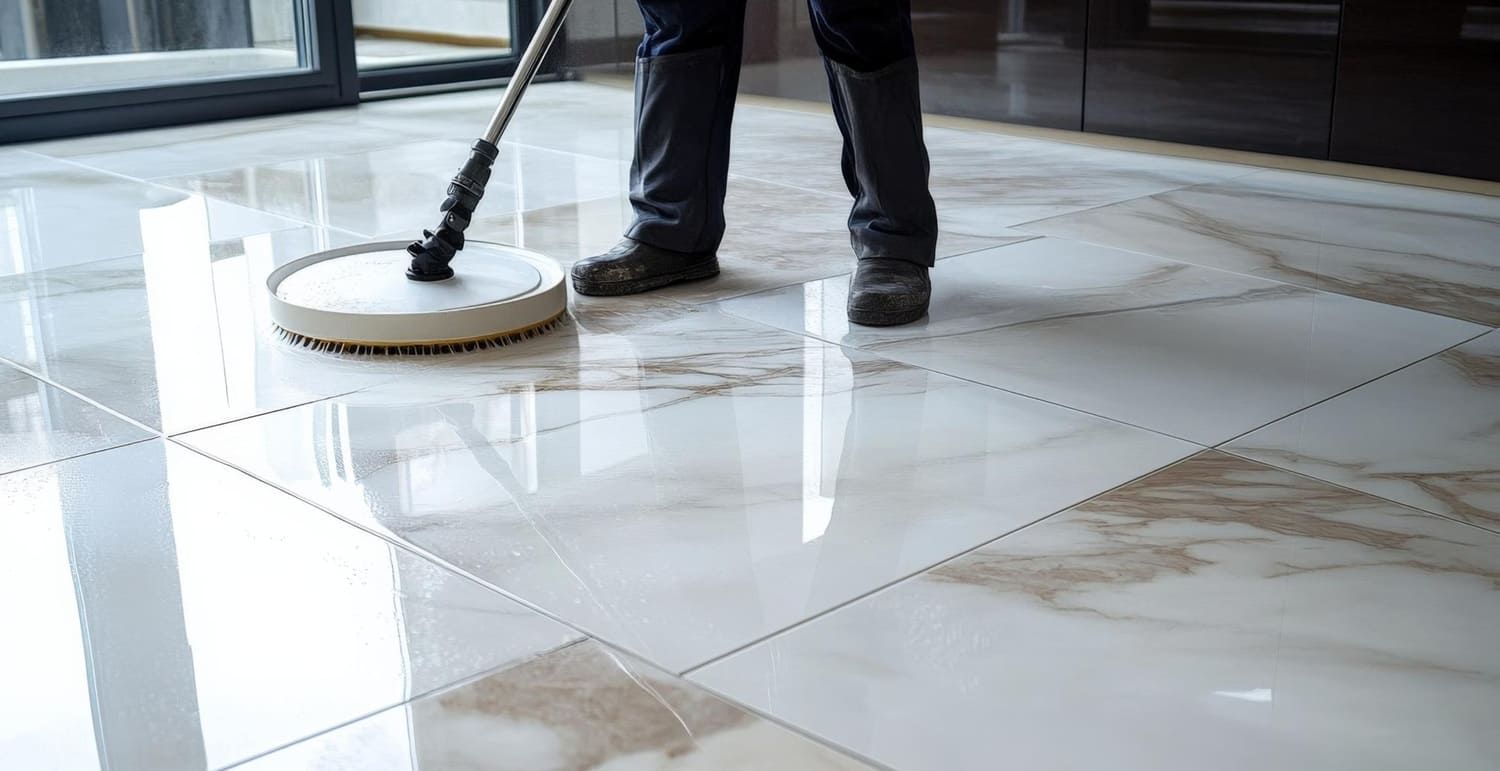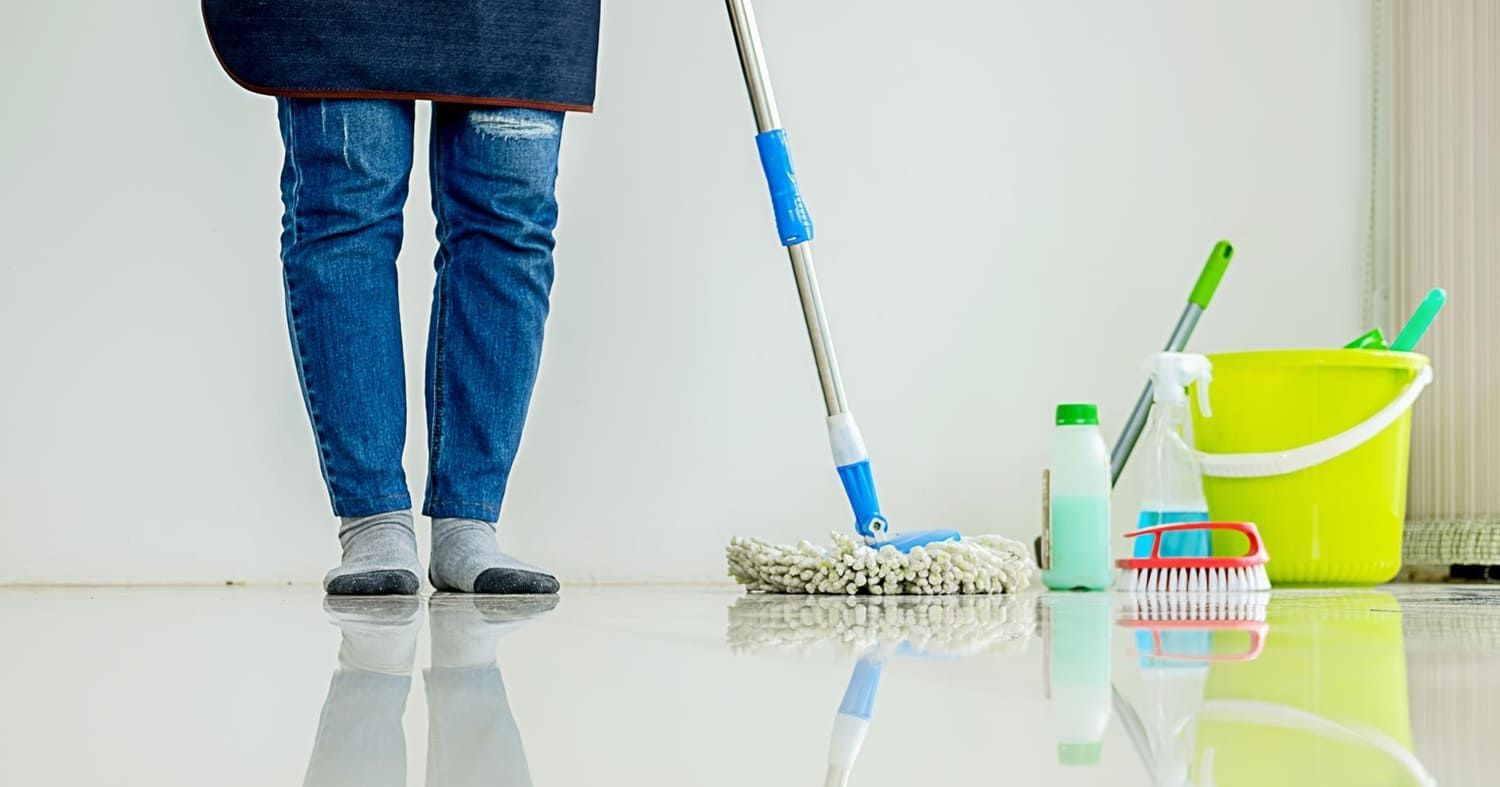Best Practices for Cleaning Grout Lines
Grout is a porous material that fills the spaces between tiles. Its porous nature makes it susceptible to absorbing dirt and spills, leading to discoloration and staining. As grout absorbs these substances, it can become a breeding ground for bacteria and mold, both of which can be detrimental to indoor air quality. Regular cleaning is crucial to prevent grout from becoming a breeding ground for mold and mildew, which can affect indoor air quality and the overall appearance of your tile surfaces. Moreover, neglecting grout maintenance can lead to structural issues over time, as trapped moisture can weaken the bond between the tiles and the underlying surface.
The challenges of grout cleaning are compounded by the fact that grout lines are often narrow and difficult to reach. Dirt and grime can accumulate in these small spaces, making them particularly stubborn to clean. Additionally, different types of grout and tile surfaces may require specific cleaning methods to avoid damage. Understanding the nature of grout and the common issues that arise will help you tackle the cleaning process more effectively and maintain the integrity of your tile installations.
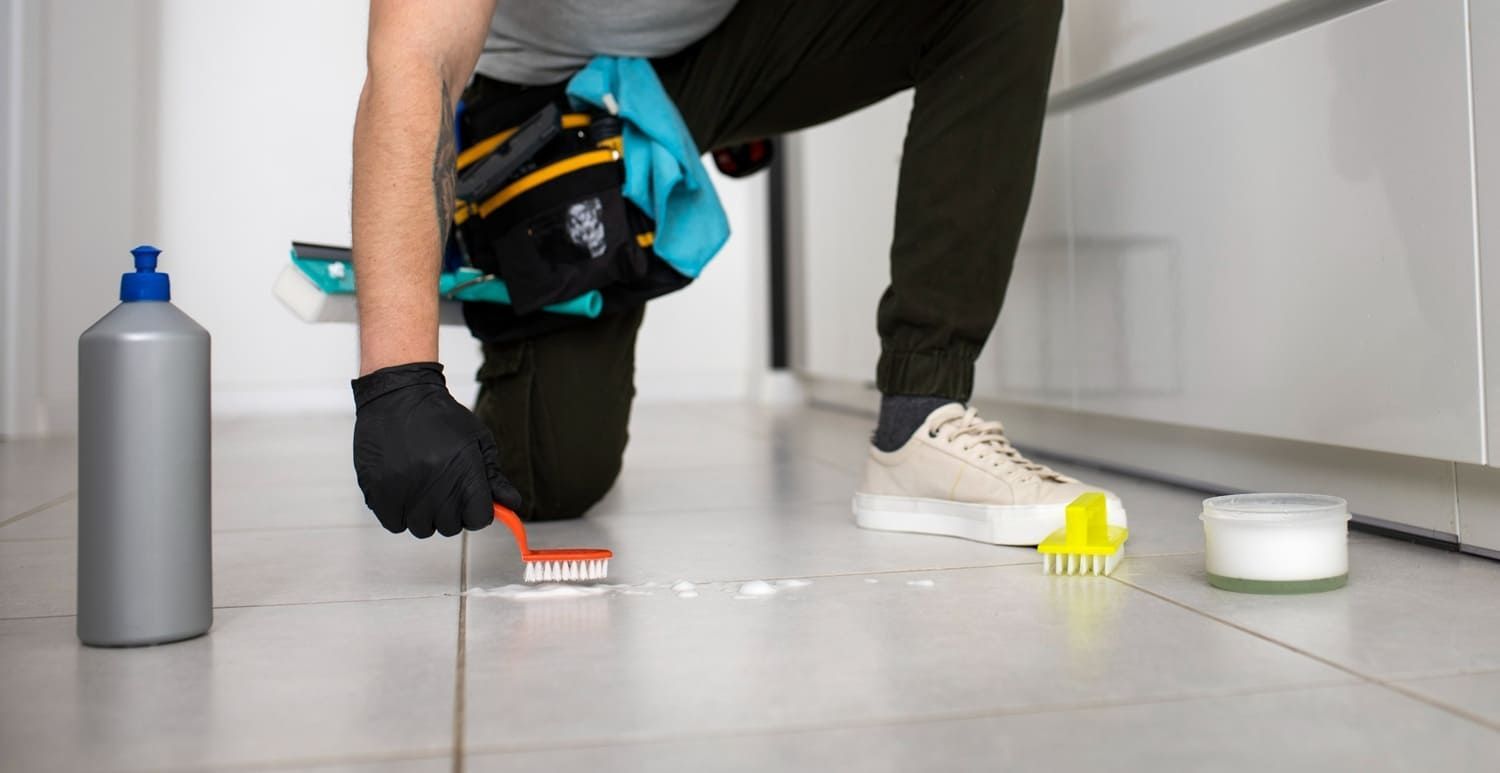
Essential Tools for Cleaning Grout
Before diving into the cleaning process, it's important to gather the right tools. Having the proper equipment will make the task easier and more effective. Investing in quality tools and products can save you time and effort in the long run, ensuring that your grout cleaning efforts yield the best possible results.
Grout Brushes
A grout brush is a must-have tool for cleaning grout lines. Look for a brush with stiff bristles that can reach into the crevices of the grout. The bristles should be durable enough to scrub away dirt and stains without damaging the grout. Some brushes come with angled heads or ergonomic handles, which can make it easier to apply pressure and reach difficult areas. For larger areas, consider a brush with a long handle to reduce strain on your back and knees.
Choosing the right brush is essential, as using a brush that is too hard can cause damage to the grout and tiles. Conversely, a brush that is too soft may not be effective in removing tough stains. Experimenting with different brush types can help you find the best one for your specific needs, ensuring a more efficient and thorough cleaning process.
Cleaning Solutions
There are several cleaning solutions available for tackling grout stains. You can opt for commercial grout cleaners or make your own using household ingredients. Both options can be effective, depending on the severity of the stains. Commercial products are often formulated to target specific types of stains and may contain ingredients that can penetrate deeply into the grout.
Homemade solutions, such as a mixture of vinegar and water or baking soda paste, are eco-friendly alternatives that can be just as effective for regular maintenance. They are also a cost-effective option, utilizing ingredients that are readily available in most homes. Understanding the pros and cons of each type of cleaner will help you choose the best solution for your grout cleaning needs.
Protective Gear
When cleaning grout, it's a good idea to wear gloves and a mask to protect your skin and lungs from harsh chemicals, especially if you're using a commercial cleaner. Grout cleaning can involve exposure to dust and debris, which can irritate the skin and respiratory system. Wearing gloves will also protect your hands from abrasions caused by scrubbing.
In addition to gloves and a mask, consider wearing protective eyewear to prevent splashes from getting into your eyes. Ensuring proper ventilation in the area where you're cleaning is also crucial, as it will help disperse any fumes and reduce the risk of inhaling harmful substances. Taking these precautions will ensure a safer and more comfortable cleaning experience.
Effective Grout Cleaning Techniques
Now that you have your tools ready, let's explore some effective techniques for cleaning grout lines. Using the right techniques is vital to achieving the best results without causing damage to your tiles or grout. By following these steps, you can tackle even the most stubborn stains and keep your grout looking pristine.
1. Start with Gentle Cleaning Solutions
For light stains and regular maintenance, start with a gentle cleaning solution. Mix equal parts of water and vinegar in a spray bottle. Spray the solution onto the grout lines and let it sit for about 5 minutes. Then, scrub the grout with a grout brush and rinse with water. This method is ideal for routine cleaning and can help prevent stains from setting in.
Using gentle solutions minimizes the risk of damaging the grout or tile surfaces. It's an excellent first step that can be repeated frequently to maintain cleanliness. For those who are sensitive to vinegar's odor, adding a few drops of essential oil can make the cleaning process more pleasant.
2. Use Baking Soda Paste for Stubborn Stains
For more stubborn stains, baking soda is a powerful ally. Make a paste by mixing baking soda with a small amount of water. Apply the paste to the grout lines and let it sit for 10-15 minutes. Scrub the grout with the brush, then rinse thoroughly with water. Baking soda's mild abrasiveness helps lift stains without scratching the tiles.
This technique is particularly effective for dealing with grease and other organic stains. For added cleaning power, you can combine the baking soda paste with a vinegar spray, which will create a fizzing action that helps dislodge tough grime. This combination can be particularly effective in kitchens and other areas prone to food and oil spills.
3. Try Hydrogen Peroxide for Tough Grime
Hydrogen peroxide is effective for tackling tough grime and mildew. Mix hydrogen peroxide with baking soda to form a paste. Apply the paste to the grout lines, let it sit for 10 minutes, and scrub with a grout brush. Rinse with water to remove any residue. Hydrogen peroxide not only cleans but also disinfects, making it an excellent choice for areas like bathrooms.
This method is also useful for removing mildew, which can cause discoloration and odors. The fizzing action of hydrogen peroxide can help lift mildew from the grout's pores, leaving the surface cleaner and fresher. For best results, use this method in conjunction with regular cleaning to prevent mildew from returning.
4. Steam Cleaning for a Deep Clean
For a deep clean, consider using a steam cleaner. The high temperature of the steam can effectively loosen dirt and grime from grout lines without the need for harsh chemicals. Follow the manufacturer's instructions for best results. Steam cleaning is also an eco-friendly option, as it uses only water to clean and sanitize surfaces.
This method is particularly beneficial for large areas or for those who prefer a chemical-free cleaning process. Steam cleaning can also help restore the grout's original color by removing deeply embedded stains. However, it's important to ensure that the grout and tiles can withstand the heat and moisture to avoid damage.
Choosing the Best Grout Cleaner
When selecting a grout cleaner, consider the type of tile and the severity of the stains. Some cleaners are designed for specific types of tiles, such as ceramic or natural stone, so be sure to choose one that is compatible with your tile surface. Understanding the unique properties of your tiles will help you make an informed decision and avoid potential damage.
Commercial Grout Cleaners
Commercial grout cleaners can be highly effective for deep cleaning and removing tough stains. Look for products labeled as "best grout cleaner" or "tile grout cleaning" for optimal results. Always read the instructions and test the cleaner on a small, inconspicuous area first. This precaution will ensure that the cleaner does not cause discoloration or damage to your tiles.
Many commercial cleaners contain strong chemicals that can break down stubborn stains quickly. While they are effective, it's important to use them sparingly and follow safety guidelines to protect your health and the environment. Keeping a variety of commercial cleaners on hand can be useful for tackling different types of stains as they arise.
Natural Alternatives
If you prefer natural alternatives, vinegar and baking soda are excellent choices. They are non-toxic, environmentally friendly, and readily available in most households. These solutions are ideal for regular maintenance and can help prevent stains from setting in.
Natural cleaners are a great option for families with children or pets, as they pose less risk of exposure to harmful substances. Additionally, they are often more cost-effective than commercial products. Incorporating natural cleaners into your regular cleaning routine can help maintain a healthy and eco-conscious home environment.
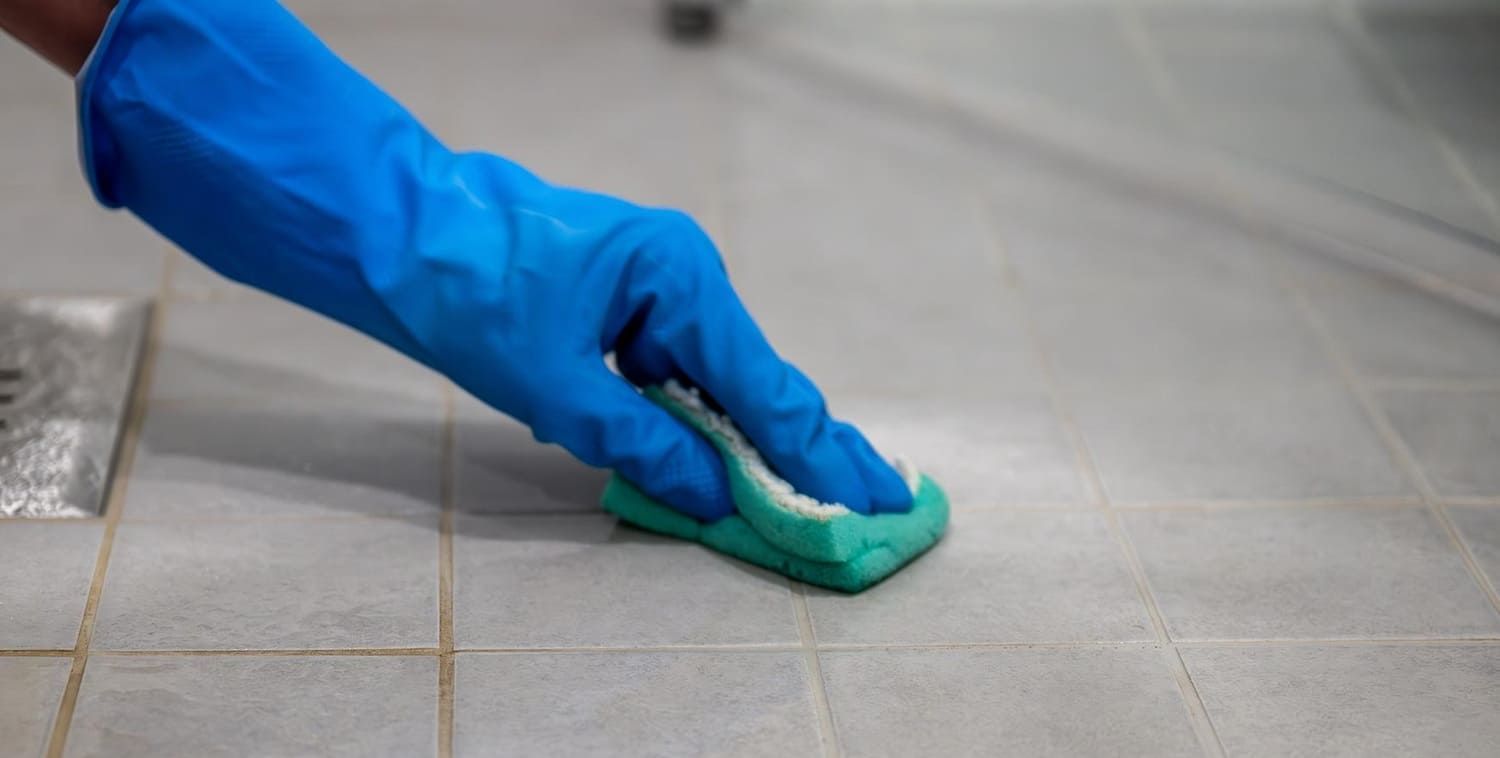
Preventing Grout Discoloration
To keep your grout lines looking clean and fresh, consider implementing some preventative measures. Prevention is often easier and more effective than dealing with stubborn stains after they have set in. By taking proactive steps, you can extend the life of your grout and maintain the appearance of your tile surfaces.
Seal Your Grout
Sealing your grout creates a protective barrier that helps prevent dirt and spills from penetrating the surface. Apply a grout sealer every six months to maintain its effectiveness. This simple step can greatly reduce the need for intensive cleaning and help preserve the grout's original color.
There are various types of grout sealers available, including penetrating sealers and topical sealers. Penetrating sealers soak into the grout and offer long-lasting protection, while topical sealers sit on the surface and provide a layer of defense against stains. Choosing the right type of sealer for your grout will enhance its durability and resistance to discoloration.
Regular Maintenance
Regular maintenance is key to preventing grout discoloration. Sweep and mop your tile surfaces regularly to remove dirt and debris before they have a chance to settle into the grout. Establishing a cleaning routine will help keep your tiles looking their best and prevent grime from accumulating.
In addition to sweeping and mopping, pay attention to the areas most prone to spills and stains, such as kitchens and bathrooms. Addressing these areas more frequently can prevent minor issues from becoming major cleaning challenges. Consistent maintenance will also make deep cleaning sessions less labor-intensive and time-consuming.
Address Spills Promptly
Promptly clean up spills to prevent stains from setting into the grout. Use a damp cloth to wipe up liquids and a gentle cleaner if needed. Quick action can prevent stains from becoming permanent and reduce the need for more aggressive cleaning methods.
Educating family members on the importance of addressing spills immediately can help maintain clean grout lines. Keeping cleaning supplies readily accessible in areas prone to spills can encourage quick response times and make it easier to manage potential stains. A proactive approach to spill management is an effective strategy for preserving the appearance of your grout.
Conclusion
Cleaning grout lines may not be the most glamorous task, but it is essential for maintaining the beauty and longevity of your tile surfaces. By using the right tools, techniques, and cleaning solutions, you can keep your grout looking clean and fresh. Remember to take preventative measures to minimize discoloration and maintain a clean and healthy environment in your home.
At ADVANCED Sealers and Cleaners, we offer high-quality grout cleaning products designed to tackle tough stains and restore your tile surfaces. Contact us if you need any help — we're here to make your grout care routine easier and more effective!
FAQs About the Best Ways to Clean and Maintain Grout Lines
What’s the most effective method to clean grout lines?
Using a mixture of baking soda and vinegar or a pH-balanced commercial grout cleaner with a stiff-bristled brush is one of the most effective methods.
How often should grout lines be cleaned?
Grout lines should be cleaned every 1–2 weeks in high-traffic or wet areas and at least monthly in less-used spaces.
Can I use bleach to clean grout?
Bleach can be effective on white grout but may cause discoloration or damage to colored grout and tiles. Use with caution and proper ventilation.
What’s the best DIY grout cleaner?
A popular DIY cleaner includes a paste made of baking soda and water applied to grout lines, followed by spraying with vinegar and scrubbing.
Is steam cleaning safe for grout lines?
Yes, steam cleaning is a chemical-free and effective method for deep-cleaning grout, especially in bathrooms and kitchens.
How do I prevent mold and mildew in grout?
Keep the area dry, clean grout regularly, and use a grout sealer to block moisture and reduce mold and mildew buildup.
Can I damage grout by scrubbing too hard?
Yes. Excessive or harsh scrubbing can wear down or loosen grout. Use a medium-stiff nylon brush and avoid wire brushes.
What’s the difference between tile cleaner and grout cleaner?
Tile cleaners focus on surface shine, while grout cleaners penetrate the porous grout to remove embedded dirt, stains, and bacteria.
How do I remove deep stains from grout?
Apply a commercial oxygen bleach solution or a hydrogen peroxide and baking soda mix, let it sit, then scrub and rinse thoroughly.
Should I seal my grout lines after cleaning?
Yes. Sealing grout after cleaning helps repel stains, moisture, and dirt, extending the life and look of your tiled surface.
How long does grout sealer last?
Depending on the type and location, grout sealers can last 6 months to 3 years. Reapply as needed to maintain protection.
Can colored grout be cleaned the same way as white grout?
Generally, yes—but avoid harsh chemicals like bleach, which can discolor or fade colored grout over time.
Are there eco-friendly grout cleaning options?
Yes. Baking soda, vinegar, hydrogen peroxide, and lemon juice are effective and environmentally friendly cleaning solutions.
What tools work best for cleaning grout lines?
Use a stiff nylon-bristle brush, electric scrub brush, or even an old toothbrush for small areas. Avoid metal bristles.
How do I clean grout without damaging surrounding tiles?
Use non-abrasive cleaners and soft tools. Mask off sensitive tile surfaces if needed, and rinse the area thoroughly.
Is it better to clean grout lines by hand or use a machine?
For small areas, hand-cleaning is sufficient. For large floors, a steam cleaner or grout-cleaning machine is more efficient.
Why does grout discolor over time?
Grout absorbs dirt, oils, spills, and moisture, which leads to discoloration—especially in kitchens and bathrooms.
What causes grout to crumble or crack during cleaning?
Old or improperly mixed grout can become brittle. Using harsh tools or cleaners can worsen damage—repair or regrout as needed.
Can I repaint or recolor my grout after cleaning?
Yes. Grout stain or colorant can be applied after thorough cleaning and drying to give it a fresh look.
When should I hire a professional for grout cleaning?
If grout is heavily stained, moldy, or damaged, or if DIY methods aren’t working, a professional deep-cleaning service can restore it effectively.





